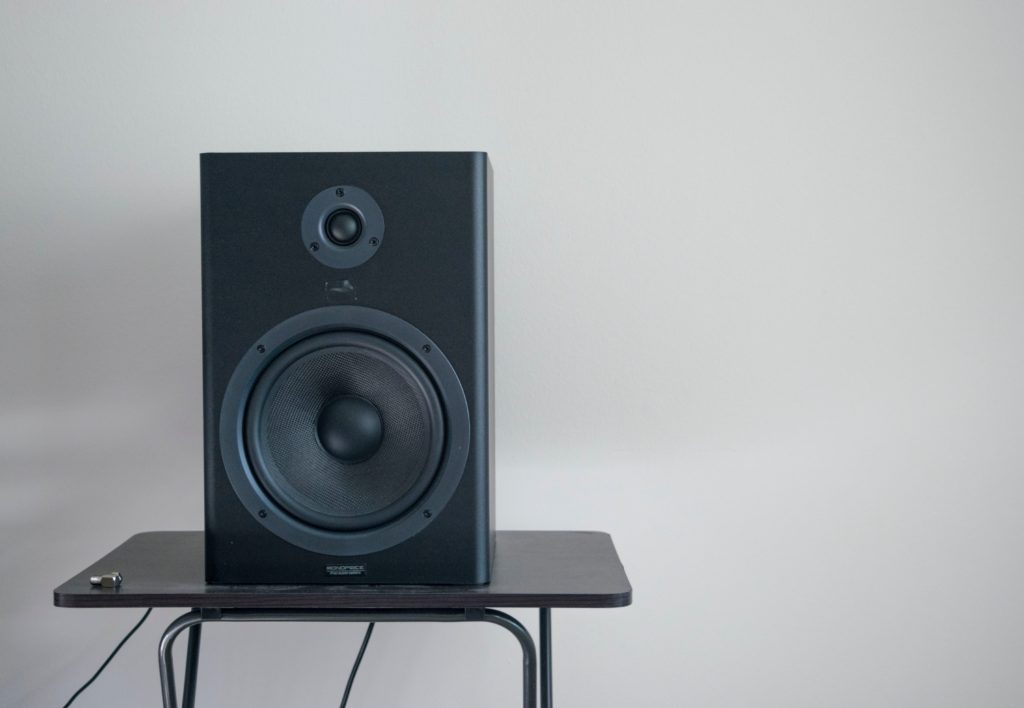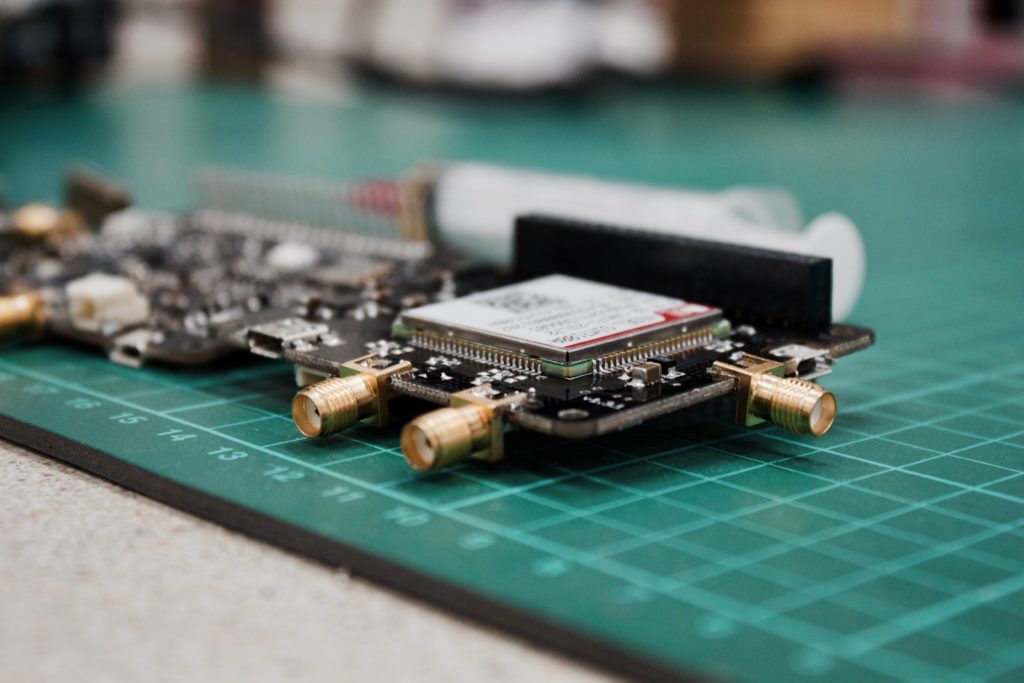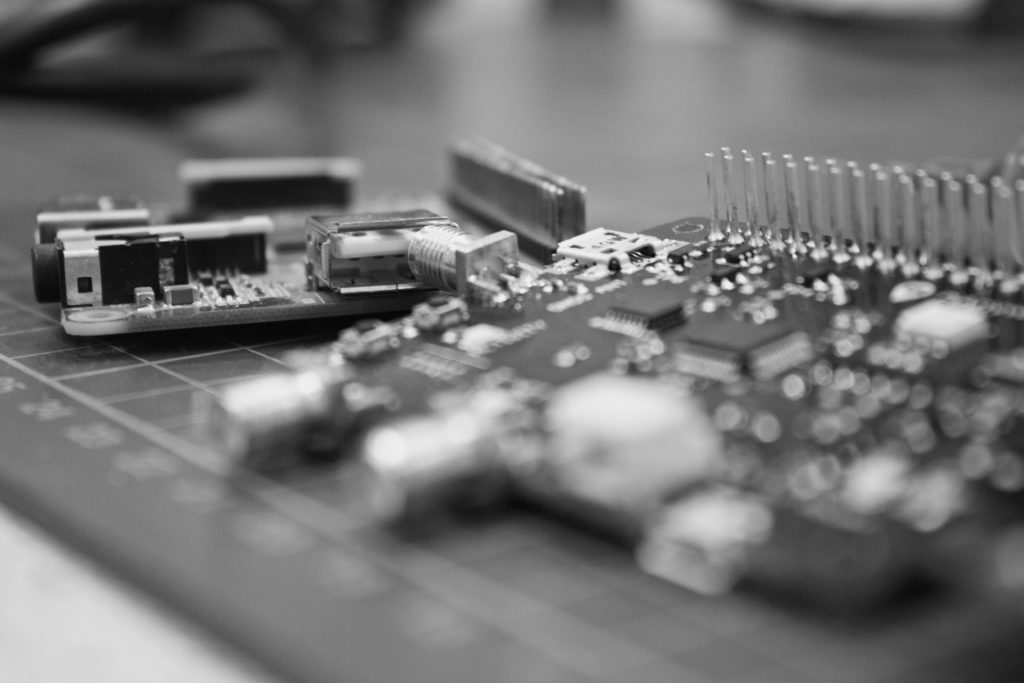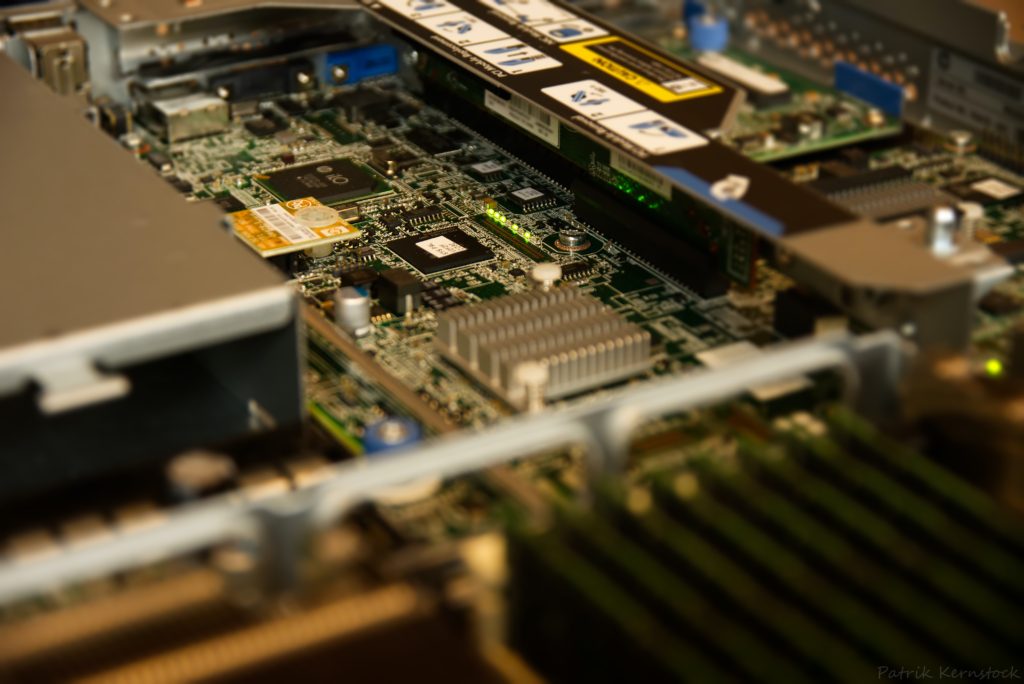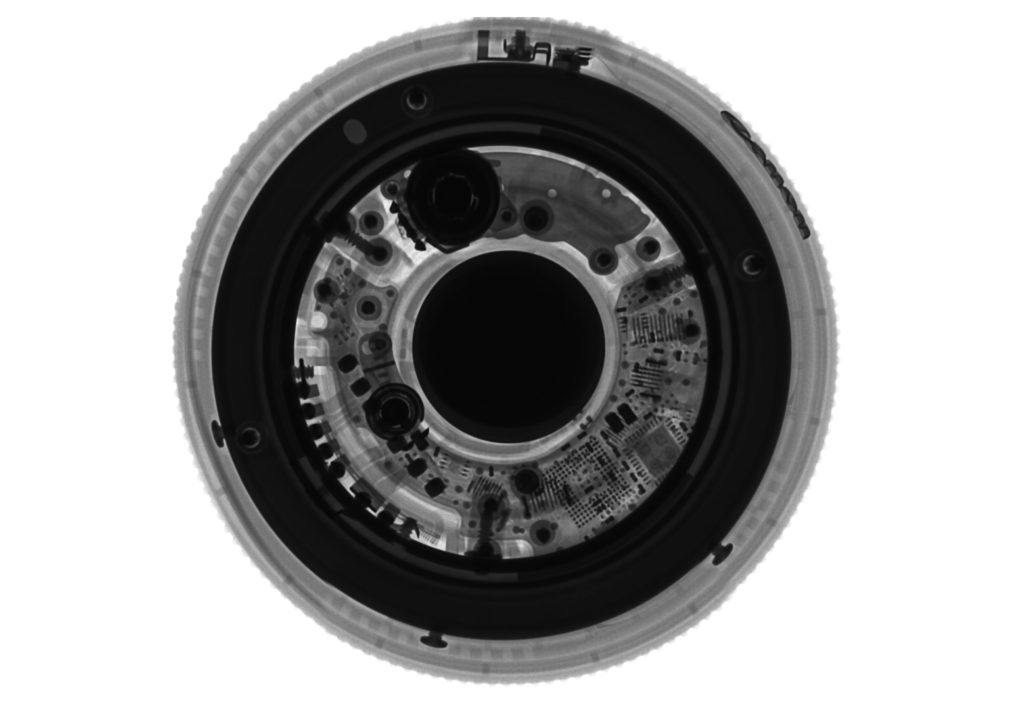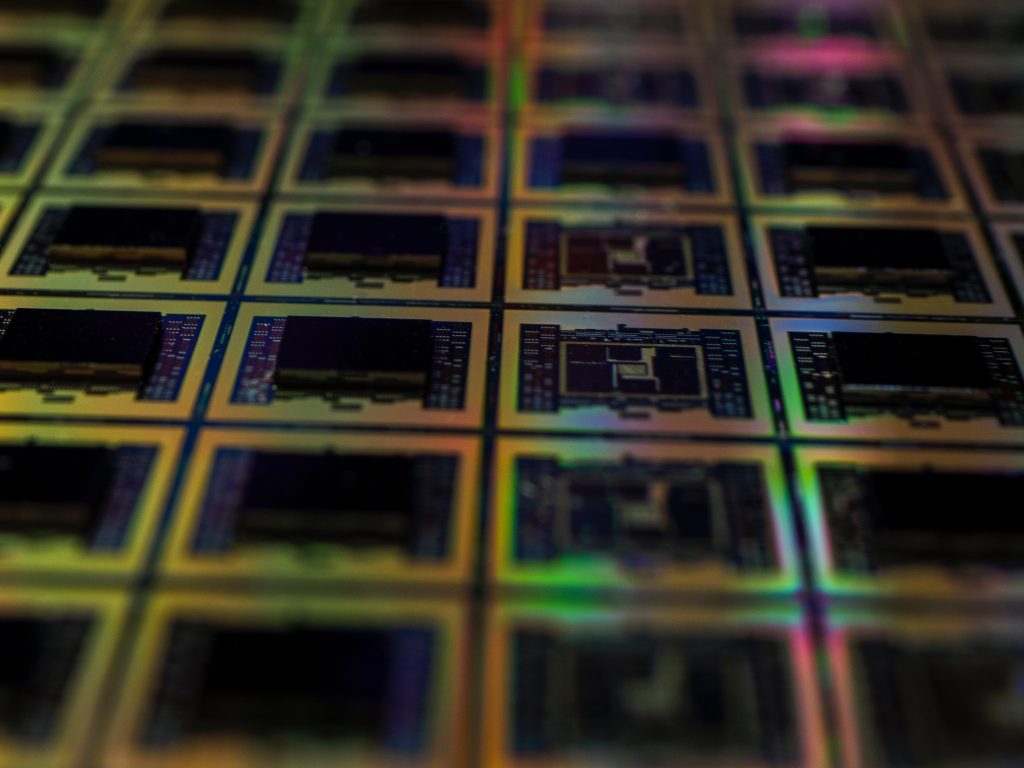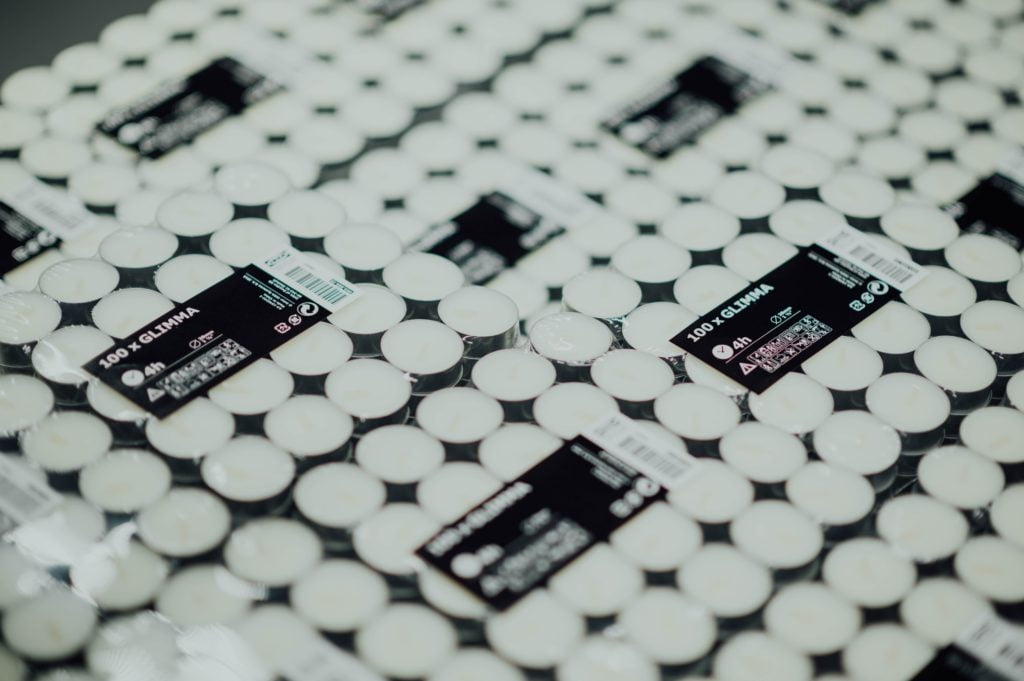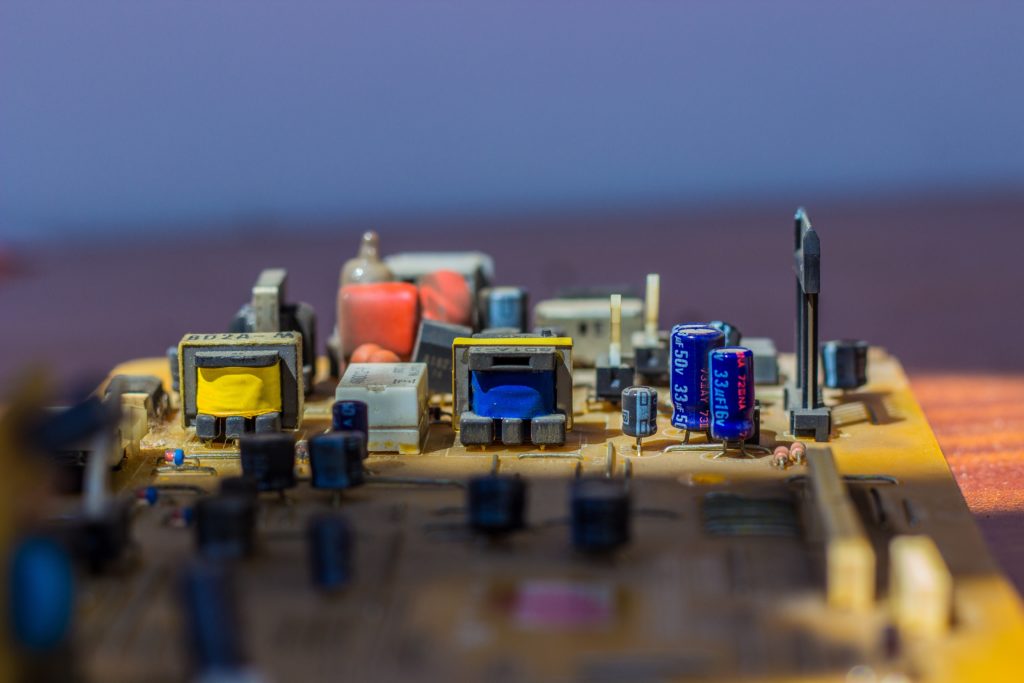Photo by Paul Esch-Laurent on Unsplash
Hardware plays crucial role in product success as much as software does. Smart speakers are getting lot of traction and every big tech giant with smart assistant is fighting to get hold of this market share. Part of the reason is to get the services delivered using a different medium, however major goal is to get hold of the data that can be used to make algorithms better to provide much personalized services.
Amazon Echo was one of the first devices to bring smart speaker solution. It kick started race and Big-5 (Apple, Amazon, Google, Microsoft and Samsung) started gearing up to get similar solution out. Amazon never had success in smartphone business, but it got good traction in smart speaker domain due to seamless connectivity to the e-commerce, video and music database it created over two decades. On other hand, other four of the Big-5 have strong hold on smartphone domain and they rely on it as a device that provides smart assistive services. Due to the potential business opportunity, rest of the Big-5 have also launched (some in process) similar hardware solution. Hence, I decided to take a quick look at what type of processors each of the devices from Big-5 is using with help from iFixit.
Echo By Amazon
Amazon Echo uses Texas Instrument’s DM3725CUS100 Digital Media Processor (marked in red), which provides a reliable low power ARM processor solution. It is a single core which I think is good enough for such domain specific device. Also many of the functionality used by Echo is voice based so it also helps to have a DSP.
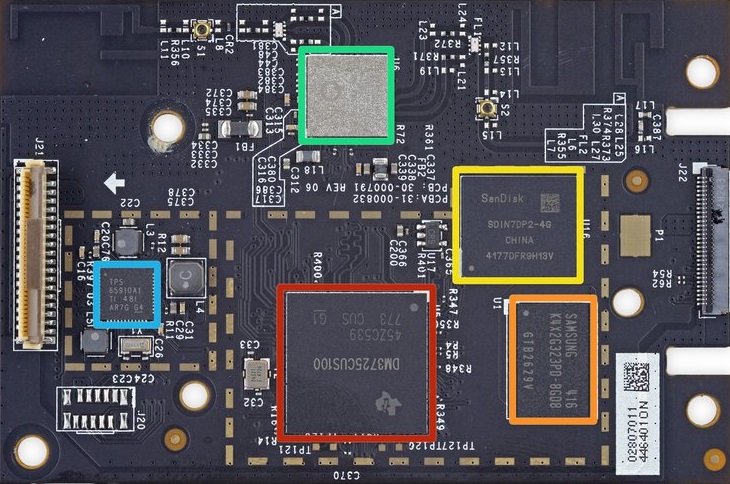
(Image by iFixit)
Home By Google
Google Home comes with Marvell 88DE3006 Armada 1500 Mini Plus (marked in red), which is a dual core ARM. As per iFixit it’s similar processor used in Google’s Chromecast device. This make sense as it is cheaper to port similar solution in another form factor as long as it does provides the solution required.
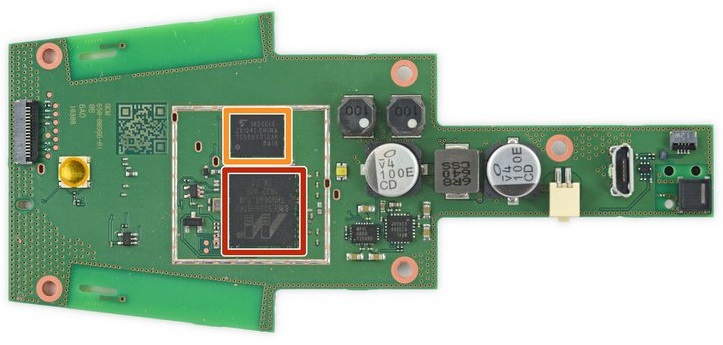
(Image by iFixit)
HomePod by Apple
Apple recently announced HomePod smart speaker. As is the case with every Apple device this, it uses home designed solution Apple A8 APL1011 SoC. Similar to Google it’s re-used from other smart devices from Apple.
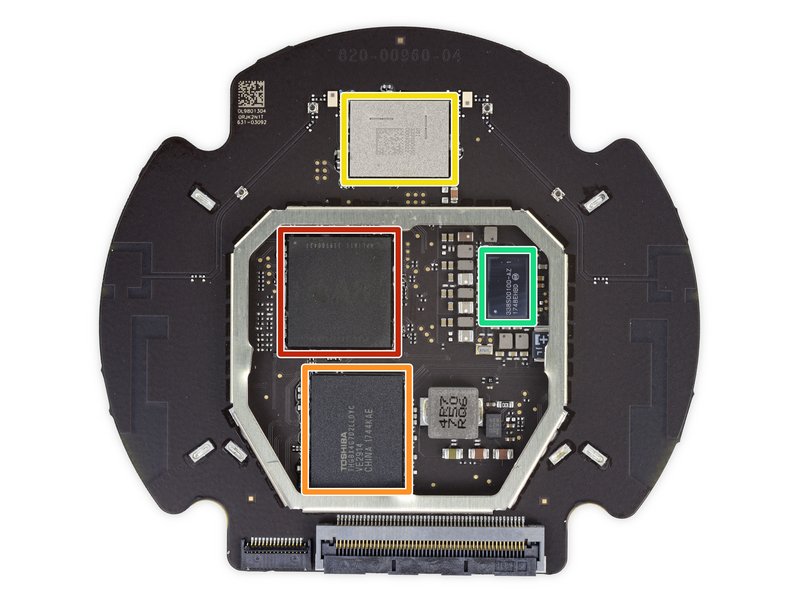
(Image by iFixit)
Harman Kardon INVOKE by Microsoft
Microsoft hasn’t designed the hardware for INVOKE smart speaker by Harman Kardon, but they have powered it up using the Cortana virtual assistant. iFixit hasn’t done a tear down on it, so I will skip details on this device. I expect it to run ARM only, what else?
Galaxy Home By Samsung
The last on the list is Galaxy Home. It’s not out in the market yet, but Samsung has announced Exynos processors for smart speakers which they are hoping will not only be used by them but also by other companies in smart speaker domain.
Conclusion
At the end the form factor changes, but the processors inside them remains similar to smartphones. It will be good to see how the hardware aspect of smart speakers change as newer versions of new products mainly HomePod, INVOKE and Galaxy Home are launched.
Samsung and Apple do have an advantage as they can use in house hardware design capabilities to make system more efficient and reliable. On other hand Google, Microsoft and Amazon have advantage on software side due to the huge data they have. It will all come doing to who uses the best of both software and hardware world for such a domain specific device.
I am also expecting all the music hardware giants like Bose, JBL and Plantronics to follow smart speaker/device trend which eventually plays in hands of processor companies like TI, Marvell and Samsung.
